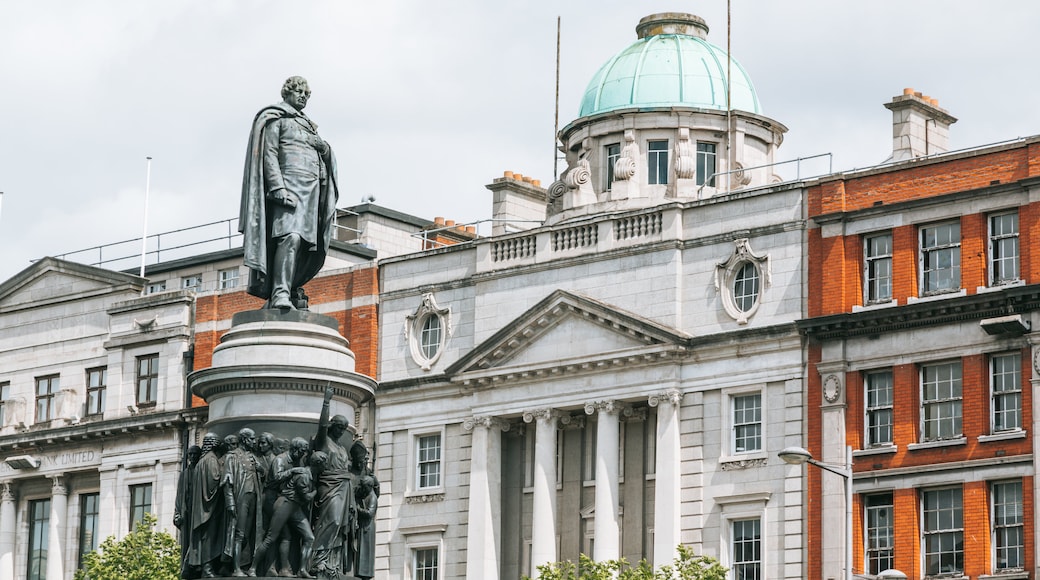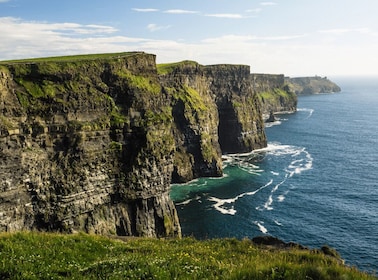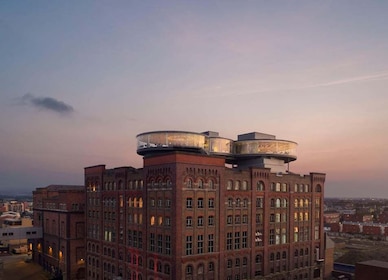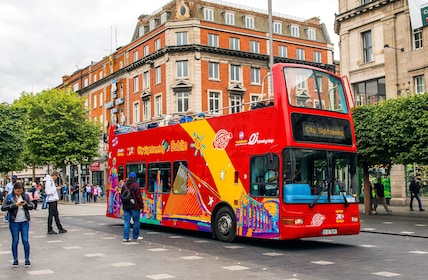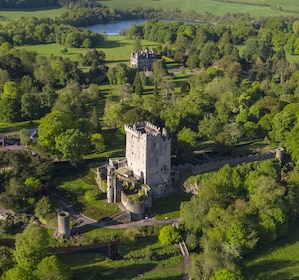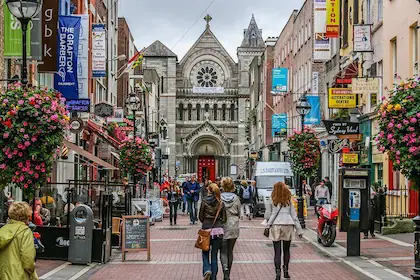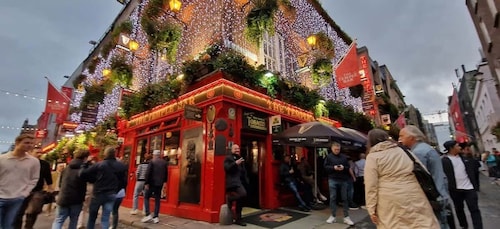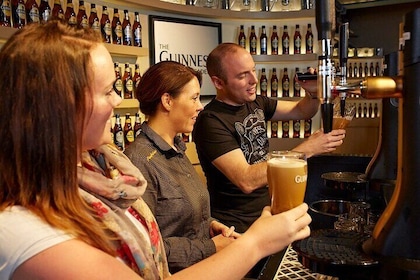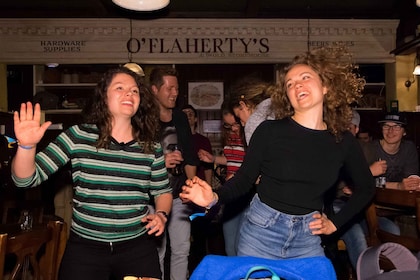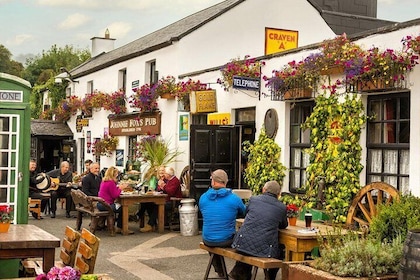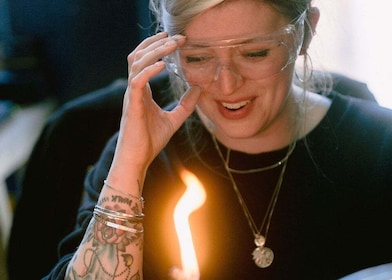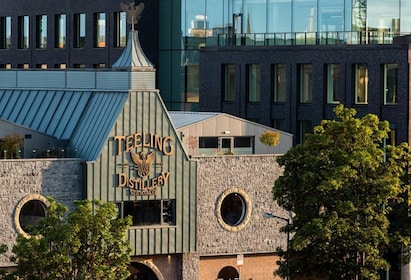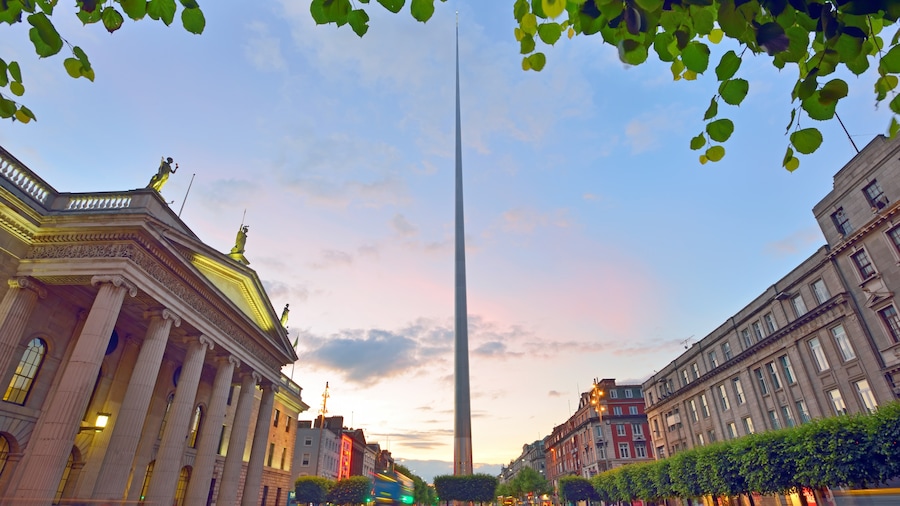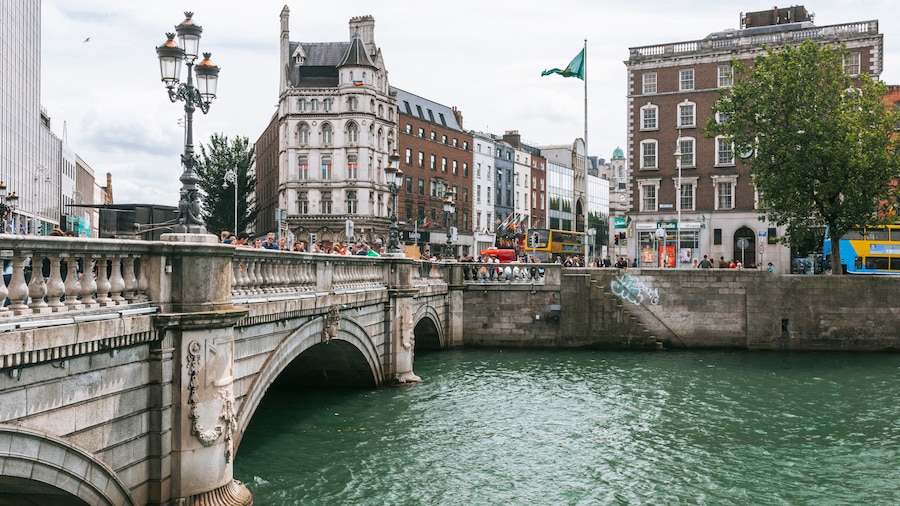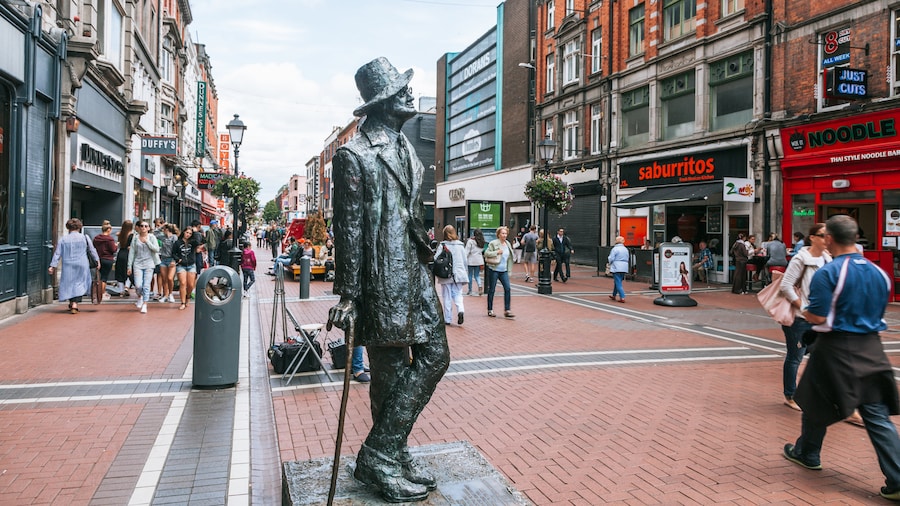Browse a beautiful city centre monument to an important Irish political leader of the first half of the 19th century.
During your time in the center of Dublin, stop by the Daniel O'Connell Statue, a tribute to an Irish political giant who championed civil rights. It was created by Irish sculptor John Henry Foley and unveiled in 1882.
Find the statue at the lower end of O'Connell Street, Dublin's main street and spend a few moments looking over its form. The memorial stands at a height of around 41 feet (12.6 meters) and features bronze figures on a granite plinth. There are three sections with a large statue of the historical figure at the top. Below this is a frieze of more than 30 figures from all walks of life, including peasants, professionals and members of the church.
Note the figure in the center of the frieze, the Maid of Erin. In her left hand is the 1829 Act of Catholic Emancipation, while her right hand points up to O'Connell. Known as The Liberator or The Emancipator, he was an important figure in Irish history and revered by millions. Some put him on equal footing with Mahatma Gandhi and Martin Luther King. His notable achievements including reducing and removing restrictions that had been placed on Catholics and securing their rights to become members of the U.K. Parliament in Westminster.
Look below the frieze to the carvings of four winged victories, angels that represent O'Connell's virtues of courage, eloquence, fidelity and patriotism. Peer closely and you may see bullet holes in some of the figures, legacies of the 1916 Easter Rising and the 1919-21 Irish War of Independence.
In addition to studying this statue, stop by other places of interest in Dublin that are linked to O’Connell. These include his former home in Merrion Square and the O'Connell Memorial Tower in Glasnevin Cemetery, which stands above his tomb. Climb up the internal staircase to the viewing platform at the top of this 168-foot (51-meter) structure.
